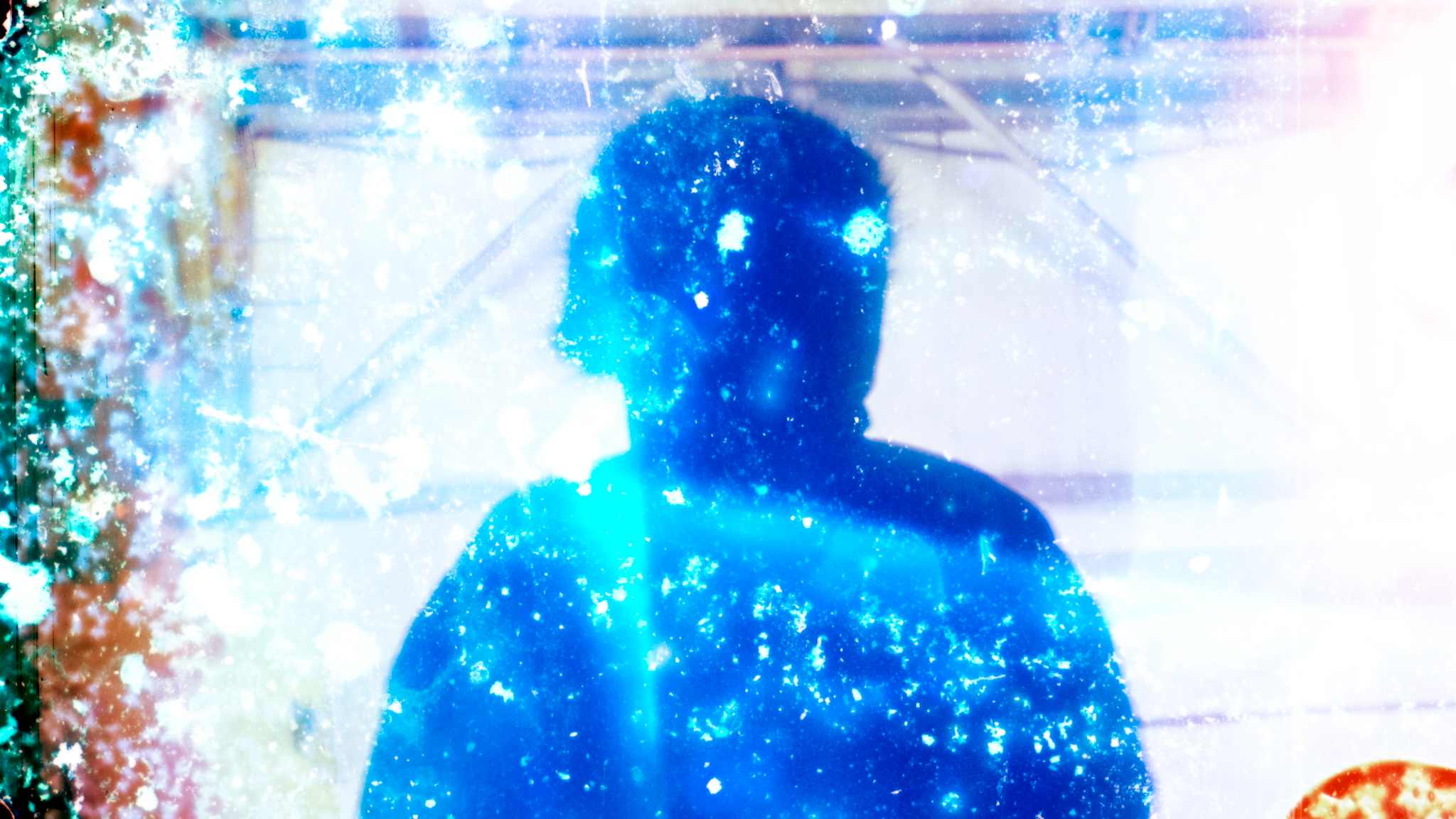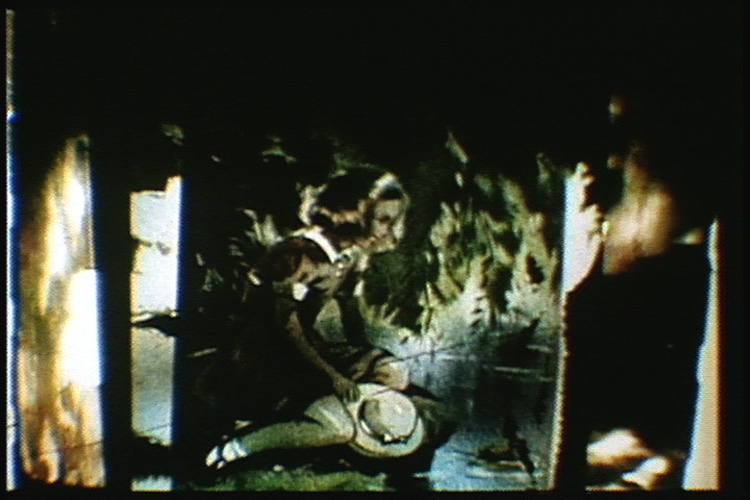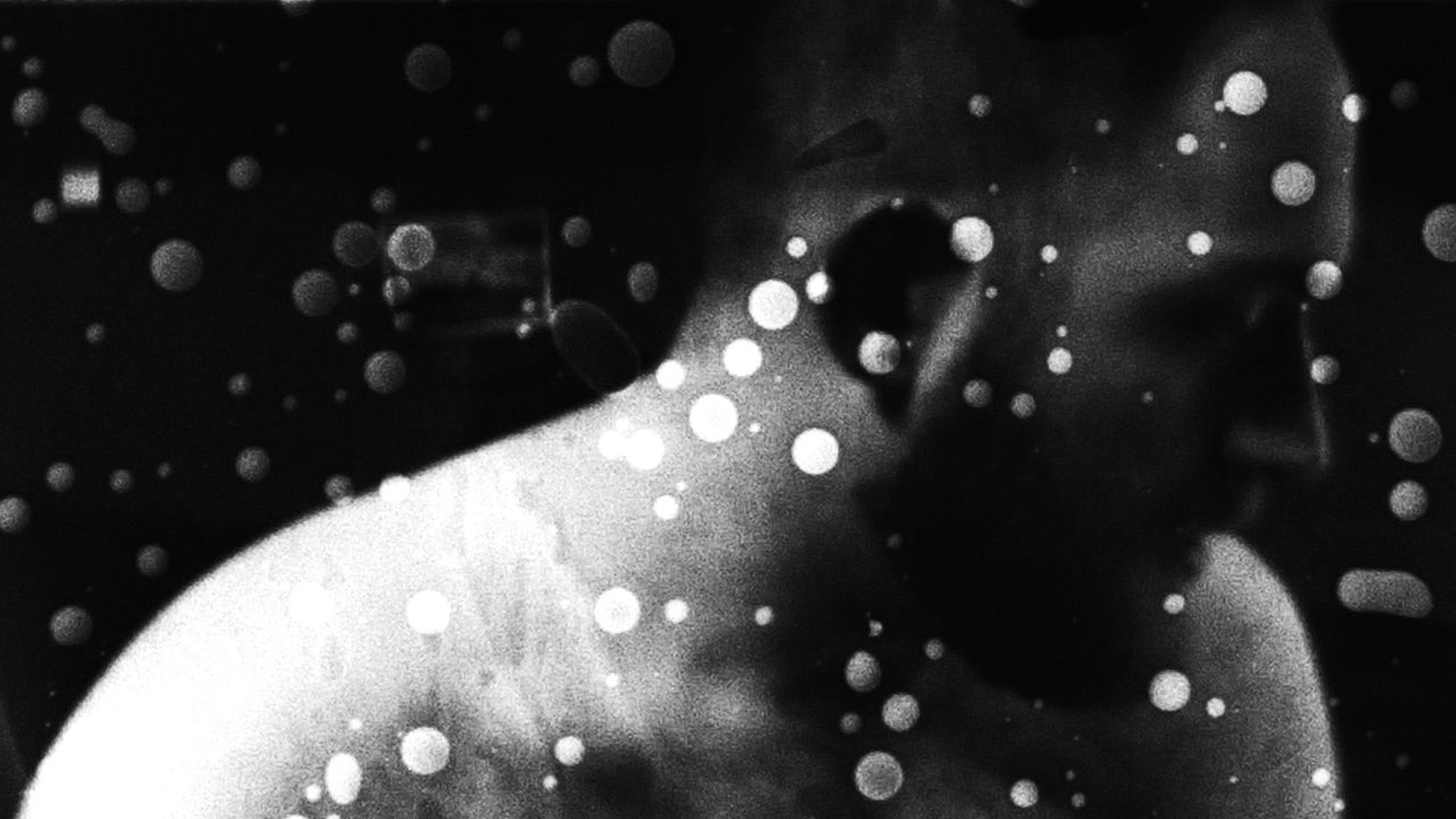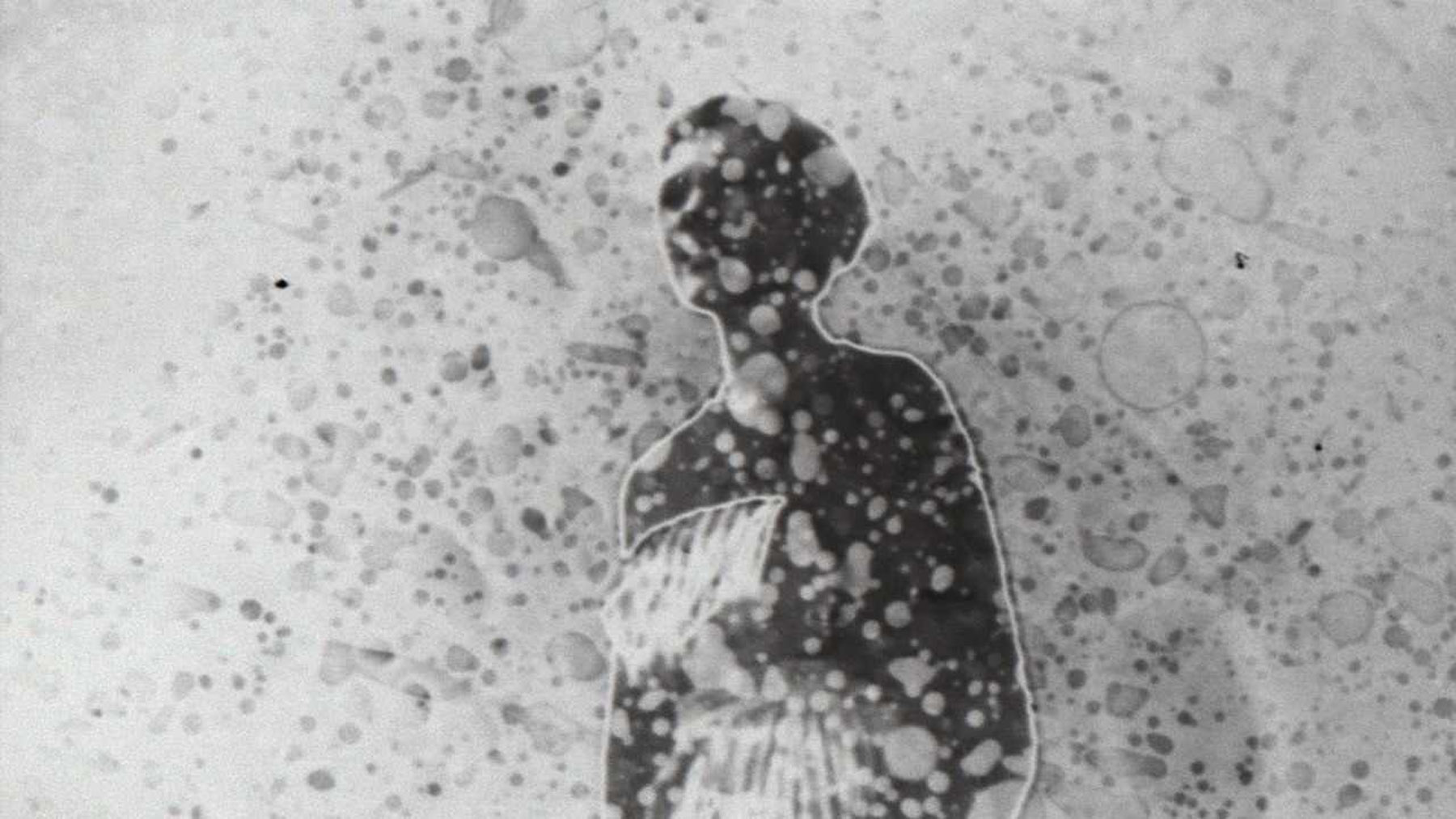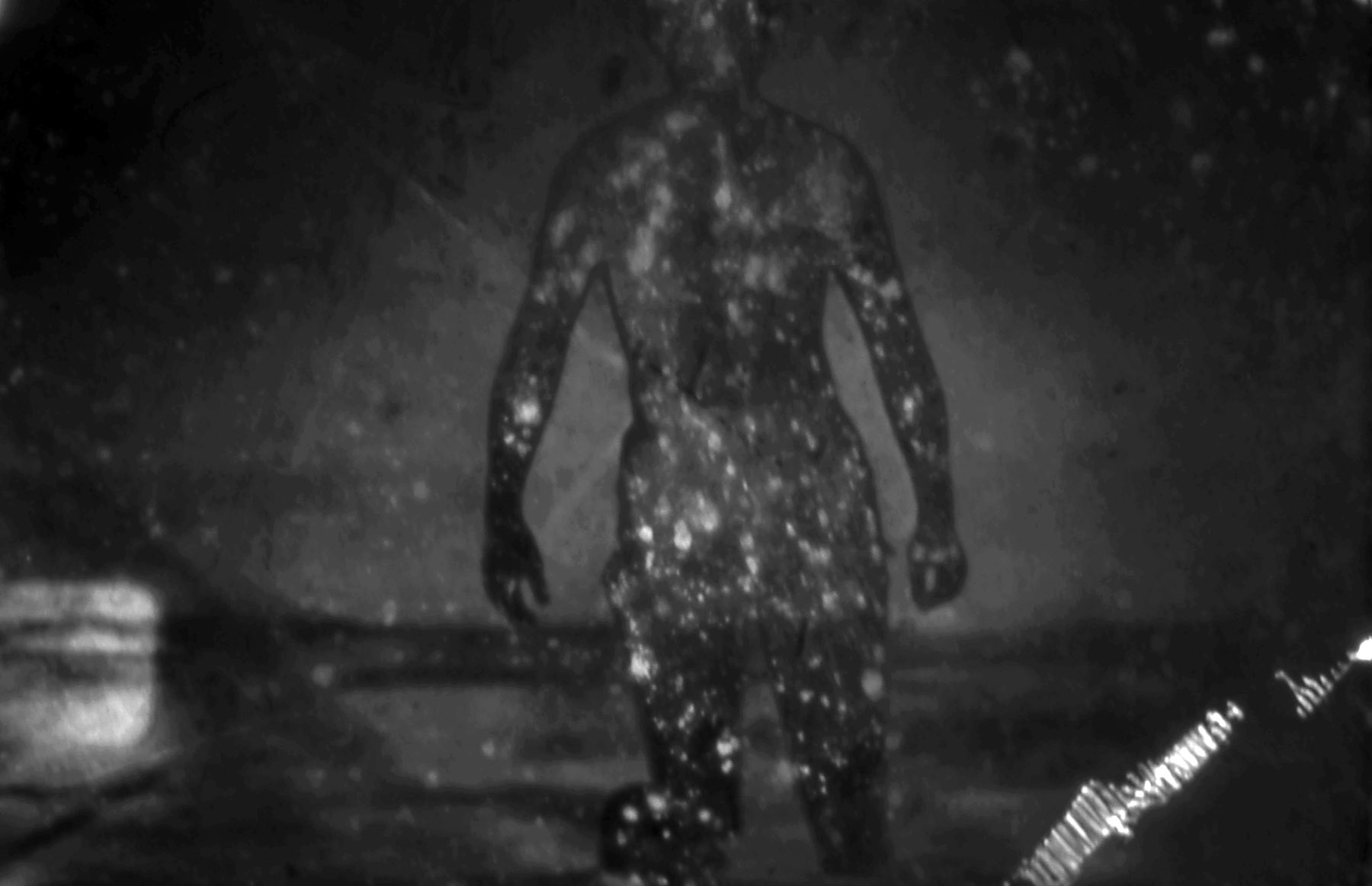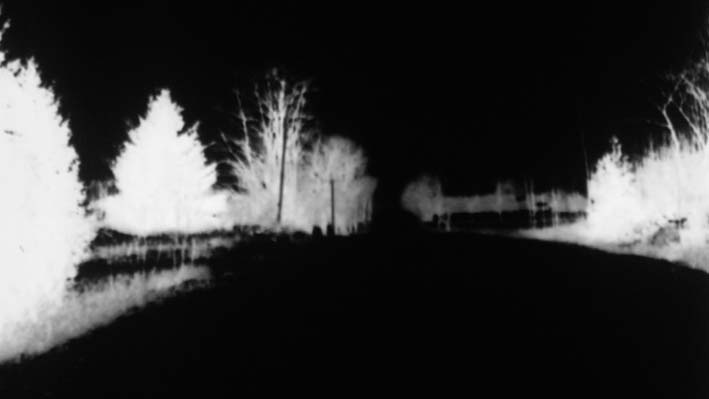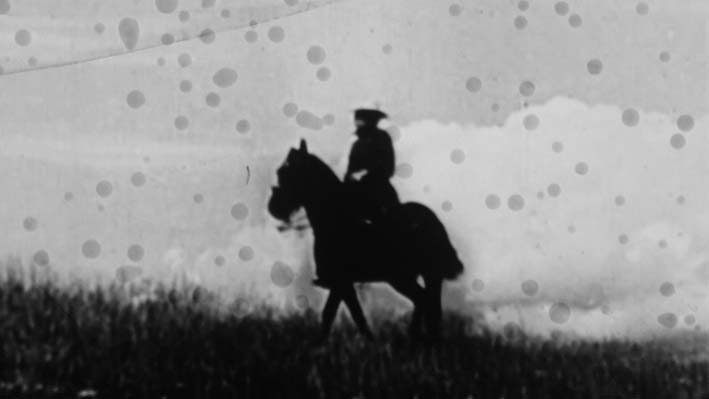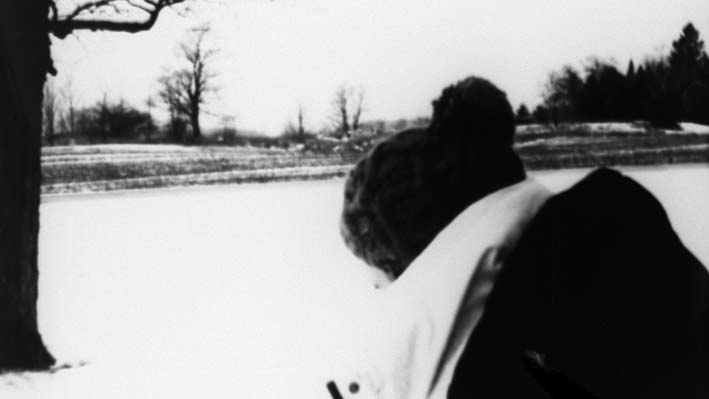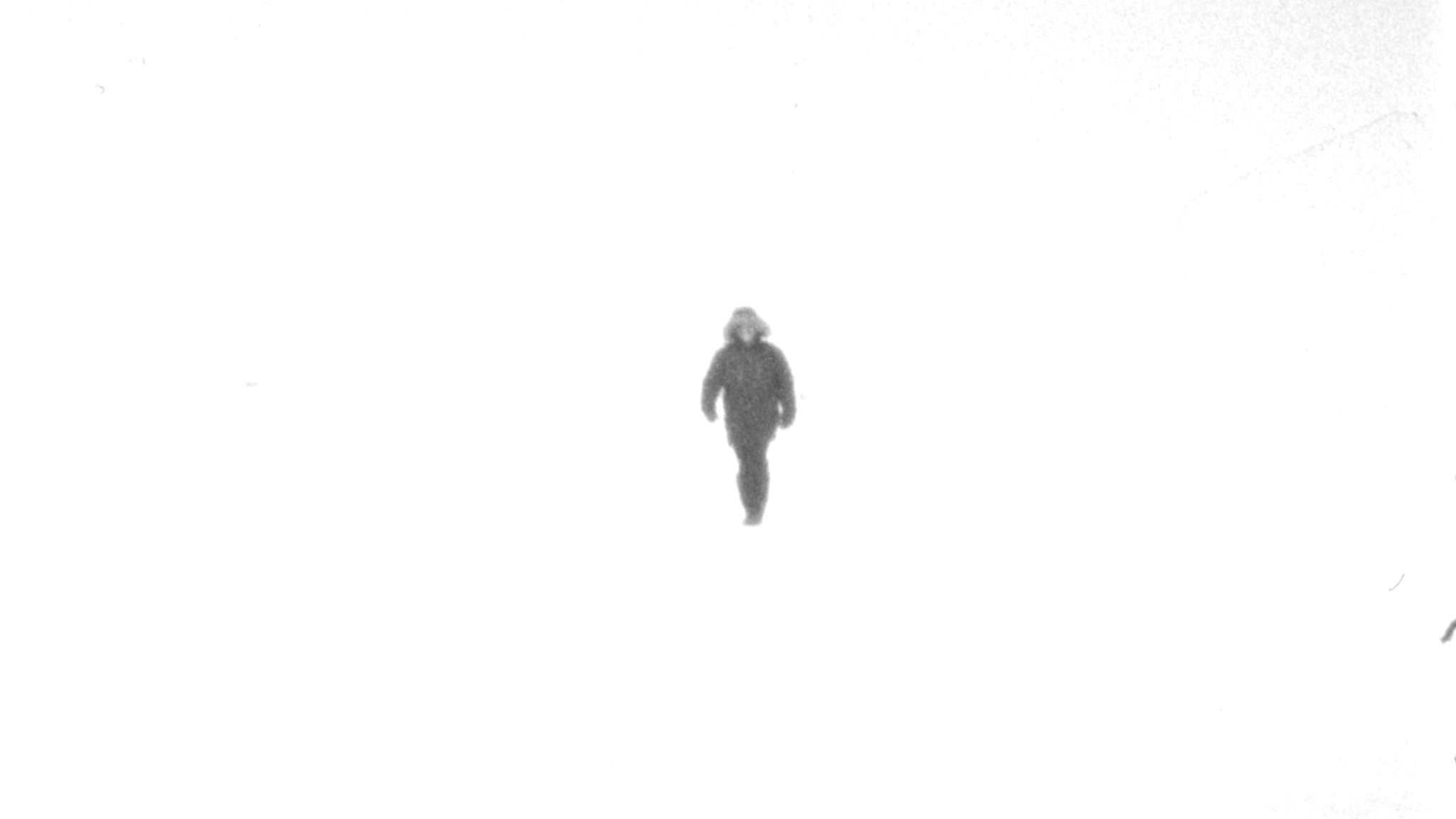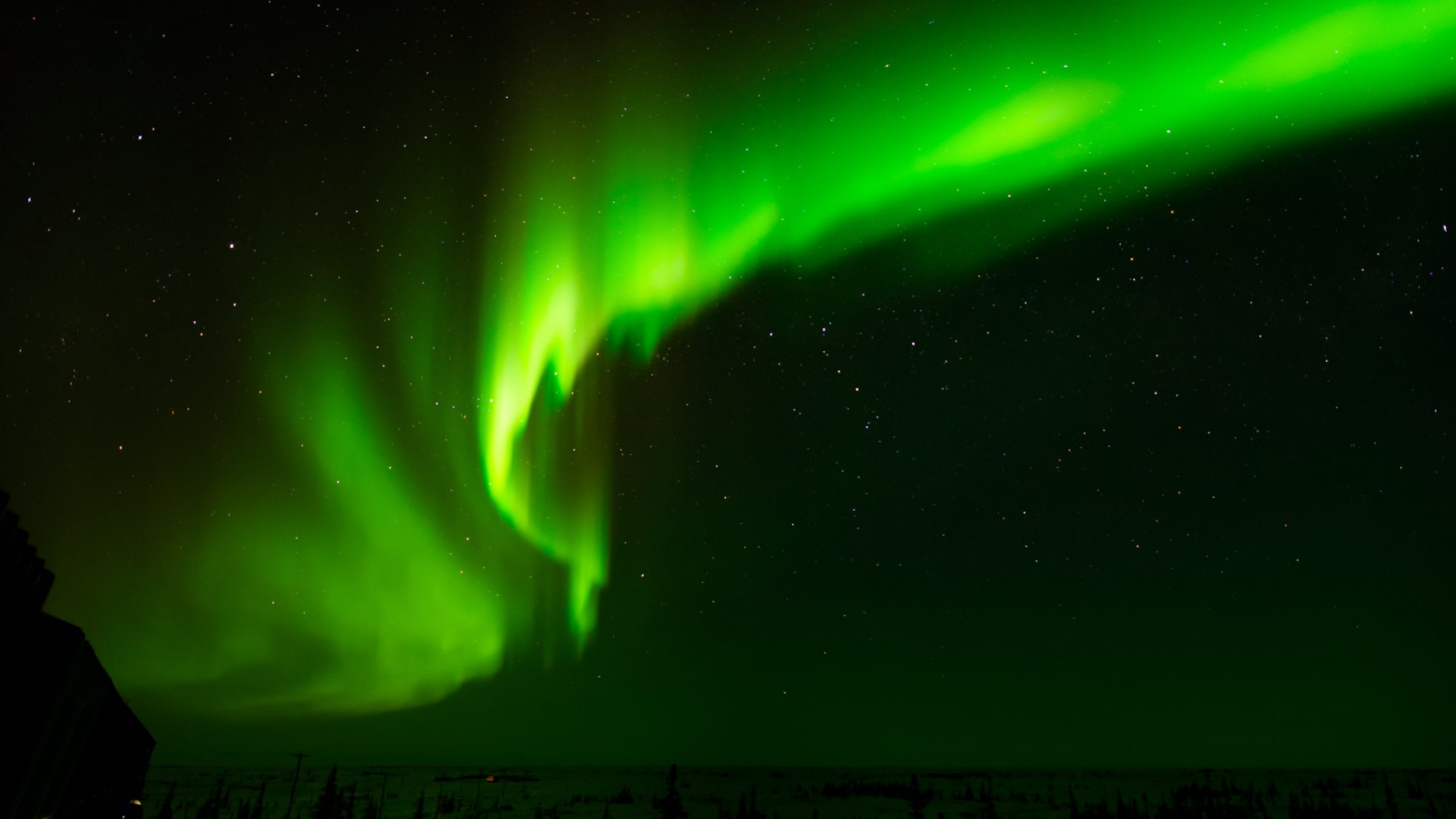Thursday, June 4, 7PM Doors/ 7:30 PM Screening
Arrive early limited seating
$8/ $5 Members + Students
@ CineCycle, 129 Spadina Ave.
Part of Summer 2015
Radiant Bodies is a collection of moving image works that explores the intersections between the human body and the radiant properties of cinema. Through hand-made techniques that focus on the materiality of moving images, each of these works underscore the invisible ways in which the world imprints upon human, and other, bodies. Photographic images are dependent on light, and could not exist without the ability to receive and transmit energy that then forms realistic images. However, radiant energy can be simultaneously damaging. Unprotected negatives and photo-paper become blackened and useless, magnetic waves warp video images, and incorrect exposure in camera similarly destroys photographic information in film, analogue or digital formats.
Featuring works by: Emily Pelstring (in Person), Gariné Torossian, Daniel McIntyre (in Person), Louise Borque and Kyle Armstrong. Curated by Melanie Wilmink
These radiant properties of the world similarly affect the human body, imprinting, altering, healing and damaging through durational exposure. In this shared experience of radiant affect, the human and photograph forge a powerful bond. French semiotician Roland Barthes eloquently connects the photographic object and the body of the spectator in the book Camera Lucida where he writes that the photograph acts as an “…emanation of the referent. From a real body, which was there, proceed radiations which ultimately touch me… like the delayed rays of a star. A sort of umbilical cord links the body of the photographed thing to my gaze: light, though impalpable, is here a carnal medium, a skin I share with anyone who has been photographed” (Camera Lucida 80-81). This sensual skin-to-skin contact through the medium of light enables empathy between image and being, drawing to the forefront issues around the ephemerality of memory (and light), the supposed permanence of photography as a witness to life lived, questions of mortality, and the ambivalence of our place in the universe as small and fragile beings within an environment which is often destructively sublime.
The films are structured around Daniel McIntyre’s film series Lion, which deals with the psychological and physical ramifications of radioactivity, and the metaphoric connections between radioactivity and the chemical compositions of celluloid filmmaking, through an exploration of the history and present of Chernobyl. McIntyre connects his grandmother’s stories about the nuclear disaster in 1986, with his family’s struggle with cancer, and the documentation of his own visit to Chernobyl. The film underscores the uncontrolled mutation of bodies created by radiation poisoning, the blurred lines of memory and documentation, as well as the connections between the light-sensitive chemical photography and radiation as something that generates seemingly invisible marks, develops over time, and creates new versions of old bodies and forms. Bookending this film are works by Emily Pelstring (Doing My Rounds, Checking Some Rounds), Gariné Torossian (Babies on the Sun), and Louise Borque (Self Portrait Post Mortem), who all enact change on the image of the human body through a process of hand-working. Pelstring’s video-manipulation creates a performative body, both within the work—where the dancer’s body is pushed and pulled by magnetic waves—and in the spectatorial body that is buffeted by the driving soundtrack and oscillating images. In contrast to Pelstring’s embodied approach, Torossian and Borque both focus on the memory-image, where physically distressed photographic footage resonates with issues around ephemerality, memory, and cinematic dream-states. The final film in the program consolidates all of these interests through a study of the northern lights in relation to history, memory, human habitation and transcendent environments. In Magnetic Reconnection, Kyle Armstrong contrasts the desolate landscapes of the arctic and the beauty of the aurora borealis to examine the ways in which humans embody a similar ambivalence of great brilliance that is balanced by extreme destructiveness. Armstrong questions what we know and the ephemerality of our presence when we exists as mere moments in an environment that remembers eons.
Programme:
Doing My Rounds, Checking Some Rounds – Emily Pelstring – 5:55 mins, 2013. analogue video on digital video.
Babies on the Sun – Gariné Torossian – 4:30 mins, 2001. 16mm.
Lion – Daniel McIntyre, 50:59, 2014. 16mm on digital video.
Self Portrait Post Mortem – Louise Borque. 2:30 min, 2002. 35mm.
Magnetic Reconnection – Kyle Armstrong, 12:31, 2012. 16mm and HD on digital video.
Works and Biographies:
Doing My Rounds, Checking Some Rounds (2013) – This solo performance for the camera pays homage to 1970s video art, exploring how the electronic manipulation of the video signal can create a choreocinema for body and machine. Choreographic patterns melding retro moves with a minimalist aesthetic participate in a jagged, pulsing duet with the danceable beats and noisy textures of the track “Doing My Rounds, Checking Some Rounds” by Alterity Problem (Alexander Moskos and Joel Taylor). Effects were created in real-time with a raster-scan device built by Nam June Paik and Shuya Abe, accessed during a residency at the now-closed Experimental TV Center in upstate New York.
Bio: Emily Pelstring obtained her BFA from Rhode Island School of Design in Film/Animation/Video, and her MFA from Concordia University in Studio Arts with a concentration in Film Production. She has received project support from Studio XX and SAW Video Association, and shown work at Ann Arbor Film Festival, Anthology Film Archives and various art galleries and festivals in Canada and the US. Her recent work includes concert visuals and music videos, including a nominee for the 2012 Prism Prize for Best Canadian Music Video. She currently teaches Media Production in the Communications Studies Department at Concordia University. www.emilypelstring.com
Babies on the Sun (2001) offers nostalgic, weathered images of “childhood” inspired by the song of the same name by the band Sparklehorse. The textured and layered style of the film gives the impression of blurred memories floating in the subconscious mind. The images, half visible, are abstracted through a process of visual degradation, suggesting the effect of time on memory, and mystified through collage, revealing the non-linear configurations of memory where images dwell in interesting and emotionally cumulative juxtapositions.
Bio: Gariné Torossian was born (1970) in Beirut, Lebanon of Armenian descent. She moved to Canada in 1979. Torossian is a filmmaker and visual artist living and working in Toronto. Nineteen of her films have shown internationally at festivals, universities and galleries. Retrospectives of her work have been featured at Cineprobe at New York’s Museum of Modern Art, Cinematheques in Armenia, Lebanon, Canada and Germany, Telluride Film Festival, and Stan Brakhage’s First Person Cinema in Colorado. Her film Girl From Moush (1994), was awarded best experimental film at the Melbourne Film Festival. “Sparklehorse” (1999) received honorable mention at the 2000 Berlin International Film Festival. Hokees (2000) won gold prize for experimental drama at the Houston Film Festival and Babies on the Sun (2002) received the panorama short film prize at the Berlin International Film Festival. She recently received a DAAD fellowship in Berlin for 2007.
Lion (2014) – A project spanning three years of production and research, Lion explores the Chernobyl disaster and the nature of radiation, recollection, and personal history. The film navigates atomic fallout and a girl’s adolescence, a dream before death, radiation as a cause and a cure for cancer, masculine bravado, feminine obsession, a trip to Chernobyl amidst the death of a matriarch, and the destruction of memory.
This conceptually arranged film album is composed of seven works on 16mm and hand processed with darkroom techniques that mimic the effects of radiation on film. The series combines memory, history, pop culture and technical experiments to create visual representations of invisible forces.
The individual films composing Lion are: Forever, Water, Sodium Lamp Study, Cowboys and Iodine, Cure, The Weight of Snow, Dust and Epilogue.
Bio: Daniel McIntyre is an artist working primarily with film to create work about memory, identity and history. Since graduating from York University in 2009, he has been creating award winning film work and screening at festivals worldwide. Recently, he has shown work in Toronto, Vancouver, Jakarta, London (UK), New York, Lisbon and Copenhagen, in addition to serving on Juries for Queer Lisboa and MIX Copenhagen. www.danielmcintyre.info
Self Portrait Post Mortem (2002) – An unearthed time capsule consisting of footage of the maker’s youthful self – an “exquisite corpse” with nature as collaborator. Bourque buried random out-takes from her first three films (all staged productions dealing with her family) in the backyard of her ancestral home (adjoining the grounds of a former cemetery) with the ambivalent intentions of both safe-keeping and unloading them (she was relocating). Upon examining the footage five years later she found that the material contained images of herself captured during the making of her first film. That discovery seemed handed over like a gift and prompted the making of this film, a metaphysical pas-de-deux in which decay undermines the image and in the process engenders a transmutation.
Bio: Louise Bourque is a filmmaker recently returned to her native Edmundston, New Brunswick after 30 years in the US and elsewhere. Her films have been screened in more than forty-five countries and broadcast on PBS and the Sundance Channel in the US as well as on Radio-Québec in Canada and SBS in Australia. Her work has been presented at major galleries and museums worldwide, including the Musée de la Civilisation and the Galerie nationale in Québec, the National Gallery of Art in Washington, D.C., the Museum of Modern Art and the Whitney Museum of American Art in NYC.
Magnetic Reconnection (2012) is a short documentary film contrasting the Northern Lights with decaying man made debris surrounding the Arctic Canadian town of Churchill, Manitoba. The film touches on the regenerative power of nature and the futility of mankind’s struggle against natural processes of decay. The film features an original score by Jim O’Rourke, a voice-over by Will Oldham and likely some of the best footage of the aurora borealis ever captured. Magnetic Reconnection had its world premiere at AFI Fest 2012 in Hollywood CA, and has since been selected for SxSW 2013, Ann Arbor Film Festival, Raindance (UK), Guanajuato International Film Festival, CPH:DOX, RIDM, Rooftop Films, Seattle International Film Festival, True/False Documentary Film Festival, won the 2013 Edmonton Film Prize and has been shortlisted for the Cinema Eye Honors and has screened publicly more than 130 times.
Using a one of a kind purpose built digital IMAX resolution camera the filmmaker captured astonishingly detailed images of the aurora on nine of ten possible nights. The camera utilizes two precisely calibrated fast wide angle prime lenses allowing for a field of view of nearly 90° at a 4:3 aspect ratio captured at over 6K resolution, and a very large and highly sensitive digital sensor capable of ultrahigh ISO settings allowing for frame rates previously impossible. The film also features Super 8, 16mm and DSLR time-lapse footage of Miss Piggy, a C46 aircraft which crashed just short of the airport in 1979, the Ithaca IV, a Greek steamship trapped on the shores of Hudson Bay since the 1950s, and Fort Churchill, the American-operated rocket range active during the 1960s.
Bio: Kyle Armstrong – A Canadian filmmaker and artist that works with Super 8 and 16mm as well as lo-fi video. Armstrong frequently uses hand-altering film techniques, employing bleaches, dyes, scratches, and paint to alter both his own footage and found films. His primary focus is on creating short, non-narrative films, which have been screened at various galleries, during live performances and in traditional cinemas around the globe. His films are influenced by filmmakers as diverse as Stan Brakhage, Hollis Frampton, Bela Tarr, Alexander Sokurov, Guy Maddin and Andrei Tarkovsky. Armstrong is the past president of the Metro Cinema Society in Edmonton and in 2012 he was a recipient of the Lieutenant Governor of Alberta Emerging Artist Award. He co-produced Hans Olson’s feature film Figurine and recently completed a video for Bonnie “Prince” Billy available through Drag City Records.
www.magneticreconnection.ca
